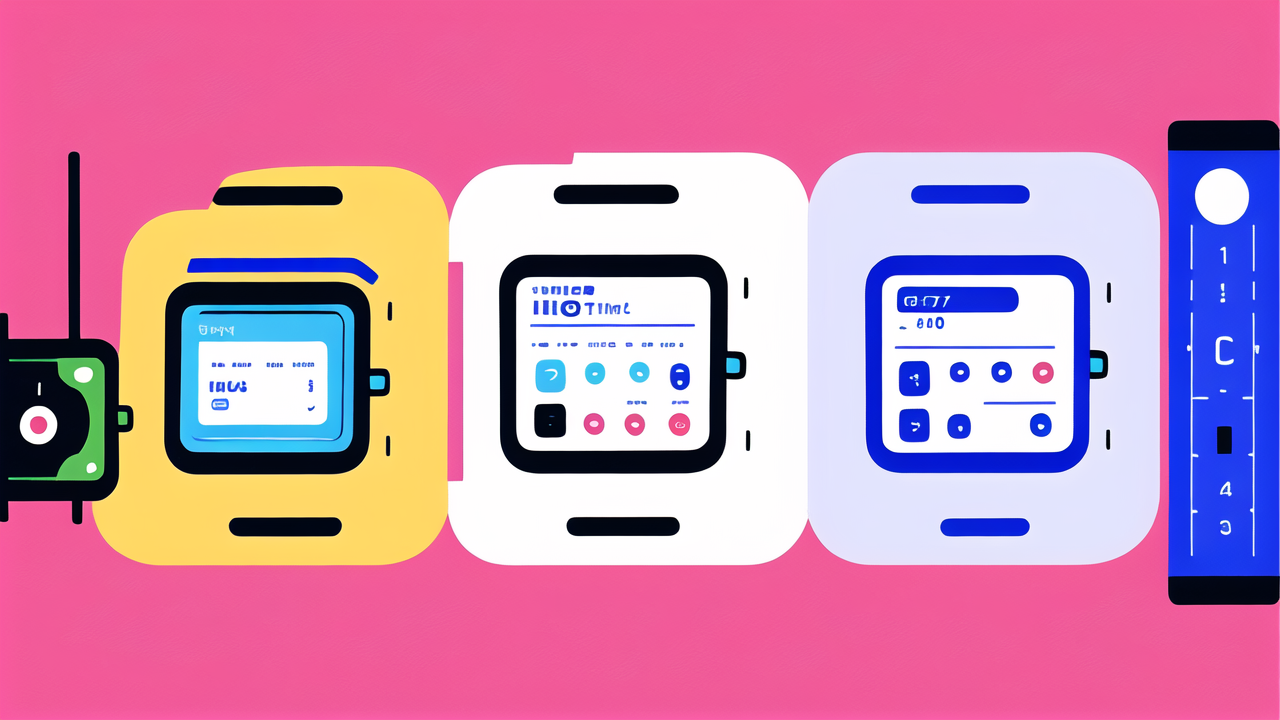Understanding the Evolution of Digital Watches in the US Market
The History of Digital Watches: A Brief Overview
Digital watches have come a long way since their inception. They first appeared in the 1970s. These early models used LED displays. They were a big change from traditional analog watches. The first digital watch was the Pulsar, made by Hamilton Watch Company. It hit the market in 1972. It was expensive and had limited features. But it started a revolution in timekeeping.

As technology improved, so did digital watches. LCD displays replaced LEDs. This made watches more readable and energy-efficient. By the 1980s, digital watches were common. Brands like Casio and Timex made them affordable for everyone. They added features like alarms, stopwatches, and calculators. These extras made digital watches more than just timepieces.
Key Milestones in Digital Watch Technology
Several key milestones marked the progress of digital watch technology. In 1974, Casio launched its first digital watch. It set the stage for affordable, feature-rich watches. 1983 saw the release of the Casio G-Shock. It was known for its toughness and water resistance. This watch changed how people viewed digital watches.
Another big step came in the 1990s with the Timex Ironman. It was designed for athletes. It had advanced timing features and was very durable. In 1994, Timex introduced Indiglo. This backlight tech made reading time in the dark much easier. These advances made digital watches more useful and popular. They paved the way for today's smart watches.
How Modern Digital Watches Have Evolved from Early Models
Modern digital watches are a far cry from their early counterparts. They now offer a wide range of features. Many can track fitness data like steps and heart rate. Some can even show notifications from your smartphone. The displays have greatly improved. They are now in color and have high resolution. This makes them easier to read and more attractive.
Battery life has also gotten better. Many watches can now run for months or even years on a single battery. Water resistance has improved too. Many digital watches can now be worn while swimming or diving. The materials used have also changed. Watches are now made with lightweight, durable materials like titanium and carbon fiber. These changes have made digital watches more versatile and useful than ever before.
Expert Insights on the Latest Digital Watch Trends
The Rise of Smart Watches and Wearable Technology
Smart watches have become a major trend in the digital watch world. They offer features that go beyond simple timekeeping. Many can track fitness data, show notifications, and even make calls. Apple Watch and Samsung Galaxy Watch are popular examples. They work with smartphones to extend their functionality. This has changed how people use and view watches.

Wearable technology has also influenced digital watch design. Many watches now include sensors for health tracking. They can monitor heart rate, sleep patterns, and even blood oxygen levels. Some watches can track specific activities like running or swimming. This integration of health tech has made digital watches more valuable for fitness enthusiasts. It's also made them useful tools for monitoring overall health and wellness.
Analyzing the Popularity of Fila Watches in the US
Fila watches have gained popularity in the US market. They offer a mix of style and affordability. Fila is known for its sporty designs. This appeals to younger consumers and those with active lifestyles. Their watches often feature bold colors and large displays. This makes them stand out in the crowded digital watch market.
Fila's success comes from understanding their target audience. They focus on creating watches that are both functional and fashionable. Many of their models include features like stopwatches and water resistance. This makes them suitable for sports and everyday wear. Fila has also partnered with athletes and influencers. This has helped increase their brand visibility and appeal.
The Impact of GPS and Connectivity on Today's Digital Watches
GPS and connectivity have revolutionized digital watches. Many models now include built-in GPS. This is great for runners, hikers, and other outdoor enthusiasts. It allows for accurate tracking of distance, pace, and routes. Some watches can even provide navigation. This makes them useful tools for exploring new areas.
Connectivity has also changed how we use digital watches. Many can now connect to smartphones via Bluetooth. This allows for features like call and message notifications. Some watches can control music playback or make contactless payments. These features make digital watches more integrated into our daily lives. They're no longer just for telling time. They're now powerful tools for communication and convenience.
Choosing the Right Digital Watch for Your Lifestyle
Factors to Consider When Selecting a Digital Watch
Choosing the right digital watch depends on your needs and lifestyle. First, consider the main purpose of the watch. Do you need it for sports, everyday wear, or as a smart device? This will help narrow down your options. Battery life is another important factor. Some watches need charging daily, while others last for months.

Display type is also crucial. LCD displays are common and easy to read. OLED displays offer better contrast but may use more power. Think about the features you need. Do you want heart rate monitoring, GPS, or smartphone notifications? Also, consider the watch's durability. If you're active, look for water resistance and scratch-resistant screens. Finally, don't forget about style. Choose a watch that fits your personal taste and daily wardrobe.
The Intersection of Style and Functionality in Digital Watches
Digital watches have come a long way in terms of style. They're no longer just functional devices. Many now offer sleek designs that can be worn in any setting. Brands like Fossil and Michael Kors offer digital watches with a fashion-forward look. These watches blend smart features with stylish designs. This makes them suitable for both casual and formal occasions.
Customization is also a growing trend. Many digital watches now offer changeable straps. This allows users to match their watch to different outfits or occasions. Some smart watches even let you change the watch face display. This gives users more control over the look of their watch. The goal is to create watches that are both useful and attractive. This blend of style and function is driving the digital watch market forward.
How Digital Watches Are Changing the Way We Approach Timekeeping
Digital watches have changed our relationship with time. They offer precision that wasn't possible with analog watches. Many sync with atomic clocks for perfect accuracy. This means you always know the exact time. Digital watches also make it easy to track multiple time zones. This is useful for travelers or those working with international teams.
Beyond timekeeping, digital watches now offer data tracking. They can log our daily activities, sleep patterns, and health metrics. This data can help us make informed decisions about our lifestyle. Some watches even offer reminders to move or breathe. This encourages healthier habits throughout the day. As digital watches evolve, they're becoming more than timekeepers. They're now tools for managing our time, health, and daily lives more effectively.




Leave a comment
This site is protected by hCaptcha and the hCaptcha Privacy Policy and Terms of Service apply.